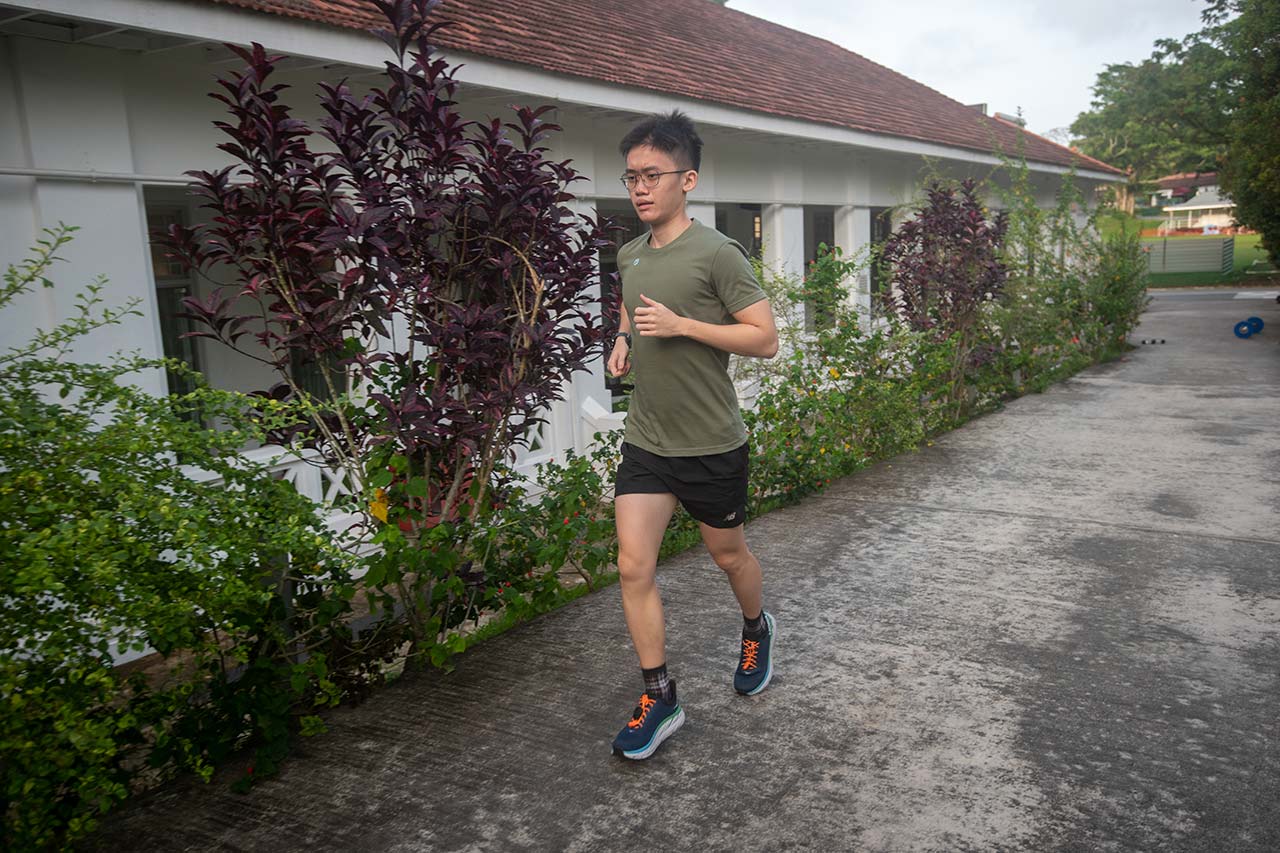Are You At Risk of Running Injuries?

A systematic review based on 19 studies found that reduced knee extension strength and hip adduction velocity has an association with Running-Related Injuries (RRI). However, the effect size is small and should not be considered clinically meaningful.
Reference
Peterson, B., Hawke, F., Spink, M., Sadler, S., Hawes, M., Callister, R., & Chuter, V. (2022). Biomechanical and Musculoskeletal Measurements as Risk Factors for Running-Related Injury in Non-elite Runners: A Systematic Review and Meta-analysis of Prospective Studies. Sports Medicine – Open, 8(1). https://doi.org/10.1186/s40798-022-00416-z
Background
Studies on RRI often recruited elite athletes or high-calibre college athletes, making the results less relevant to novice/recreational runners despite them making up a larger portion of the running community. Therefore, this study aims to evaluate current studies and conduct a meta-analysis to identify the risk factors for RRI in non-elite adult runners.
What They Did
The researchers included prospective cohort studies that used non-injured, non-elite adult runners as study participants. 30 studies met the inclusion criteria and they comprised of 3404 runners in total. However, only 19 of the studies were included in the meta-analysis due to statistical incompatibility in the other 11 studies.
What They Found
Strength factors:
Only knee extension strength reached statistical significance, but the effect size is small.
The following factors did not reach statistical significance:
- Hip flexion strength
- Hip extension strength
- Hip external rotation strength
- Hip abduction strength
- Hip adduction strength
- Knee flexion strength
- Knee flexion-extension strength ratio
ROM factors:
None of the following factors reached statistical significance:
- Hip internal rotation ROM
- Hip external rotation ROM
- Knee flexion ROM
- Ankle dorsiflexion ROM
- Ankle plantarflexion ROM
- Rearfoot eversion ROM
Kinematic and kinetic factors:
Only hip adduction velocity reached statistical significance, but the effect size is small.
The following factors did not reach statistical significance:
- Maximum knee joint flexion
- Maximum knee joint flexion timing
- Maximum rearfoot eversion
- Rearfoot eversion velocity
- Maximum rearfoot inversion
- Hip abduction moment
- Peak vertical impact
Postural factors:
None of the following factors reached statistical significance:
- Static foot posture
- Q-angle
Conclusion
There is insufficient support for any biomechanical or musculoskeletal measures to be risk factors for RRI in non-elite runners. Although knee extension strength and hip adduction velocity reached statistical significance, their effect size is small, hence rendering them clinically insignificant.
Practical Takeaways
Statistical significance does not equate to clinical significance. The former tells us we can be reasonably certain that the difference observed is not due to chance or random error, while the latter tells us how meaningful the difference is in real-life situations.
For instance, if a statistically significant risk factor only increased RRI incidence by a trivial 0.5%, would it be worth prescribing 5 rehab exercises to address it? Probably not, given that it only reduces RRI incidence by 0.5% at best. As such, risk factors need to be statistically and clinically significant for it to be considered meaningful.
Interestingly, Q-angle, static foot posture, hip abduction strength, maximum rearfoot eversion have not been found to be statistically significant, despite having been accused of causing Runner’s knee and plantar fasciitis in other studies.It may be possible that because non-elite runners have much lower training volume compared to non-elite runners, they therefore do not cross the threshold for tissue damage.
Does this mean that strength training is pointless for non-elite runners?
Not exactly.
A number of studies have demonstrated that strength training increases running economy and time to exhaustion. So as long as performance is of importance, runners of all levels should still incorporate some form of strength and conditioning into their training regimen.
